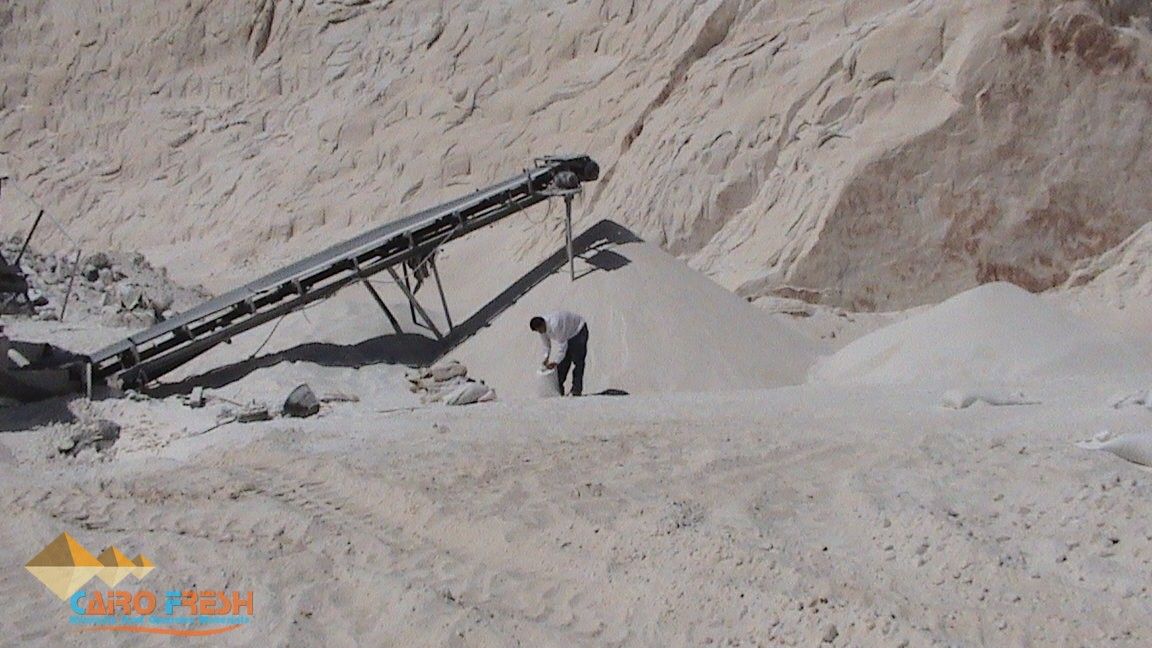Introduction
Silica sand, often referred to as industrial sand, is a valuable and versatile resource that plays a pivotal role in various industries worldwide. Its economic significance cannot be overstated, as it contributes to job creation, revenue generation, and support for vital sectors such as construction, manufacturing, and energy production. In this article, we will delve into the economic significance of silica sand production, exploring its various applications, market trends, and the socioeconomic impact it has on both local and global levels.
Silica Sand Basics
Before delving into its economic importance, it’s crucial to understand the basics of silica sand. Silica sand is a naturally occurring granular material composed of finely divided rocks and minerals, primarily quartz. Its chemical composition, physical properties, and abundance make it an indispensable resource across numerous industries.
Applications Across Industries
Construction Industry: Silica sand is a fundamental component in the construction sector. It’s used to make concrete, which is the backbone of modern construction. Its binding properties and durability make it an ideal choice for concrete production. Moreover, silica sand is essential for manufacturing concrete blocks, bricks, and other construction materials.
Glass Manufacturing: Silica sand is a primary raw material for glass production. Glass containers, windows, and various glassware are all products of the glass manufacturing industry. The purity and consistency of silica sand directly affect the quality of the final glass product.
Foundry Industry: Foundries use silica sand as a molding material. It’s an essential component in metal casting processes, ensuring the quality and precision of the final product. Without silica sand, foundries would struggle to produce intricate metal parts.
Hydraulic Fracturing (Fracking): The energy sector benefits from silica sand as well. In the extraction of oil and natural gas through hydraulic fracturing, silica sand is injected into the ground to prop open fractures, allowing hydrocarbons to flow more freely.
Manufacturing: Various industries, including ceramics, paint, and plastics, use silica sand as a key ingredient in their production processes. Its chemical properties enhance product durability and performance.
Market Trends
Silica sand production has experienced significant growth in recent years. Several market trends contribute to its economic significance:
Increased Demand in Construction: The global construction industry is booming, especially in emerging economies. This leads to a growing demand for silica sand in concrete production and other construction applications.
Advancements in Fracking: The energy sector’s reliance on hydraulic fracturing for oil and gas extraction has led to a surge in demand for silica sand. Technological advancements have further increased its usage in fracking.
Sustainable Practices: The industry is increasingly adopting sustainable mining practices and environmental regulations. This not only benefits the environment but also enhances the industry’s reputation and access to markets.
Globalization: The globalization of markets has facilitated the export of silica sand to regions with high demand. This has opened up new economic opportunities for silica sand-producing regions.
Economic Impact
The economic significance of silica sand production extends to various aspects of society:
Job Creation: Silica sand mining and processing operations create jobs in both rural and urban areas. From miners to equipment operators to logistics personnel, the industry provides employment opportunities.
Revenue Generation: Silica sand production generates significant revenue for governments through taxes and royalties. These funds are often reinvested in local infrastructure and public services.
Local Development: Silica sand production often takes place in rural areas, where it can be a major driver of local economic development. It stimulates ancillary businesses such as transportation, maintenance, and hospitality.
Trade Balance: Exports of silica sand contribute positively to a nation’s trade balance, enhancing economic stability and growth.
Industrial Growth: The presence of a reliable source of silica sand can attract various industries, leading to diversification of the local economy and reduced dependence on a single sector.
Environmental Considerations
While the economic significance of silica sand production is undeniable, it’s crucial to address environmental concerns. The industry must adopt sustainable mining and processing practices to minimize its impact on ecosystems, air quality, and water resources. Regulations and monitoring are essential to ensure that economic gains do not come at the expense of the environment.
Conclusion
Silica sand production is more than just a raw material source; it’s a cornerstone of numerous industries and a significant contributor to economic development. Its applications in construction, glass manufacturing, foundries, and the energy sector are integral to modern life. As the world continues to grow and evolve, the economic significance of silica sand production is likely to remain steadfast, with opportunities for sustainable and responsible growth. However, it’s essential to balance this significance with environmental considerations to ensure a prosperous and harmonious future.






